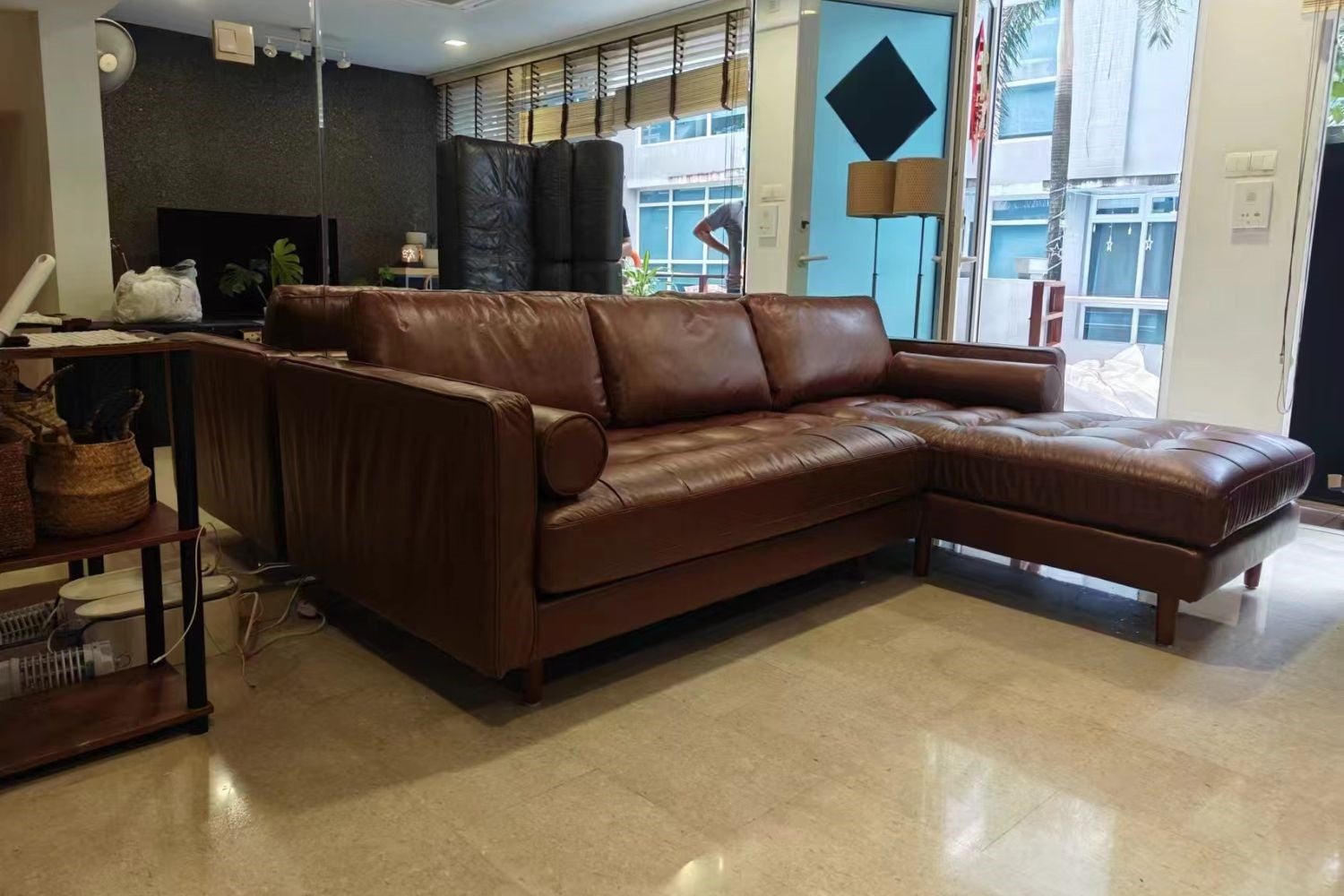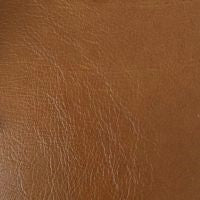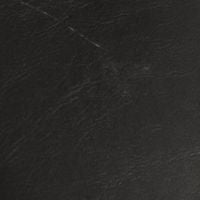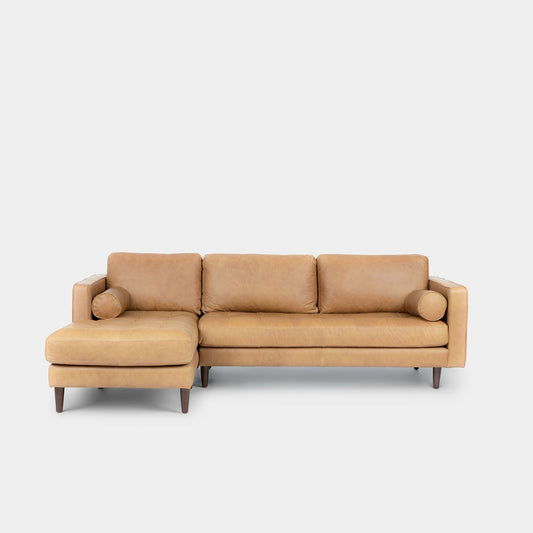Are there any dimension restrictions for choosing an L shape sectional sofa?
Yes, the main restriction is from an aesthetic perspective.
The chaise section of the L shape sectional sofa should not occupy more than 45% of the total width of the sofa.
With most chaise segments around 100 cm in width, L shape sectional sofas are typically 230 cm wide or above.
Should I choose a left-facing or right-facing L shape sectional sofa?
This depends on your space planning.
In compact living rooms, we recommend placing the sectional in a corner with the chaise near the window to maximize space.
Alternatively, if you want the sectional to divide different areas of your living space, place the chaise where the segmentation occurs.
Should I choose an L shape sectional sofa or a sofa with an ottoman?
The decision depends on flexibility and space. A sofa with an ottoman offers more versatile seating arrangements since the ottoman can be moved. This added flexibility might be a better choice in compact spaces.
On the other hand, an L-shape sectional offers a cohesive design with fixed lounging space. For larger rooms or if you prefer a structured layout, the L-shape might be the better choice.
How to choose an L shape sectional sofa for small spaces?
Opt for L shape sectional designs that feature slim armrests, light-colored upholstery, and compact designs as:
- Slim armrests (under 15 cm) maximize seating space without making the sofa feel bulky
- Light-colored upholstery makes the space feel more open and airy
- Compact designs like a 2-seat cushion L-shape instead of a 3-seat cushion model look more proportionate and aesthetically pleasing in smaller rooms
What type of genuine leather do you offer?
We use top grain leathers with both matte and glossy finishes for our leather sofas.
- Matte finish: Ideal for casual or modern interiors, matte finishes offer a soft, understated look. They're great for spaces where minimalism or a more natural feel is desired.
- Glossy finish: Best suited for formal or contemporary settings, a glossy finish adds a touch of luxury and sophistication. It reflects light and can make a bold statement in more refined or elegant interiors.
How do I choose which real leather to use for my sofa?
When choosing real leather, consider the following:
- Finish: Decide whether a matte or glossy finish best suits your home’s style. Matte leather offers a more relaxed, understated look, while glossy leather provides a sleek, modern edge, adding a touch of sophistication to your space.
- Grain pattern and colour: Select a grain pattern (fine or textured) that complements the aesthetic of your space. Choose a colour that aligns with your existing color scheme for a cohesive design.
Should I choose leather with fine grain or textured grain patterns?
The grain patterns on leather are created through different embossing techniques. When choosing, consider:
- Durability: Textured grains tend to hide wear and tear better, making them more durable over time.
- Touch: Fine-grained leather feels smoother, while textured leather can provide a more tactile experience.
- Style: Fine grains are often associated with sleek, contemporary looks, while textured grains give off a more rugged or vintage appearance.
How do I maintain leather sofas over time?
To keep your leather sofa looking its best, follow these tips:
- Prevention: Protect your sofa from direct sunlight to prevent fading, and avoid placing it near heat sources to keep the leather from drying out.
- Maintenance: Regularly dust and wipe your sofa with a soft, damp cloth. From time to time, use a leather conditioner to keep the material supple and to prevent cracking.
What is the difference between genuine leather, full grain leather, top grain leather, corrected leather, Nappa leather, pigmented leather, and aniline leather?
- Genuine Leather: Refers to any leather made from cowhide, typically lower grade than full grain or top grain.
- Full Grain Leather: The highest quality, it includes the entire grain layer, which is more durable and develops a natural patina over time.
- Top Grain Leather: Slightly less natural than full grain, top grain has the top layer sanded and treated, offering a more uniform appearance.
- Corrected Leather: A heavily treated leather that undergoes sanding and embossing to remove imperfections, often used for more uniform finishes.
- Nappa Leather: Known for its soft, supple texture, Nappa is usually made from top grain hides of lamb, sheep, or cow, and is often left minimally treated.
- Pigmented Leather: This leather is coated with a protective layer of pigment, which makes it more resistant to stains and fading.
- Aniline Leather: Treated with soluble dyes that penetrate the leather without covering the surface, aniline leather retains its natural texture but is more prone to wear.



























